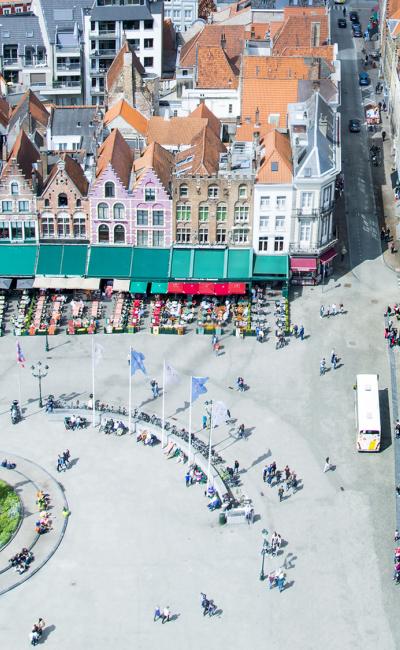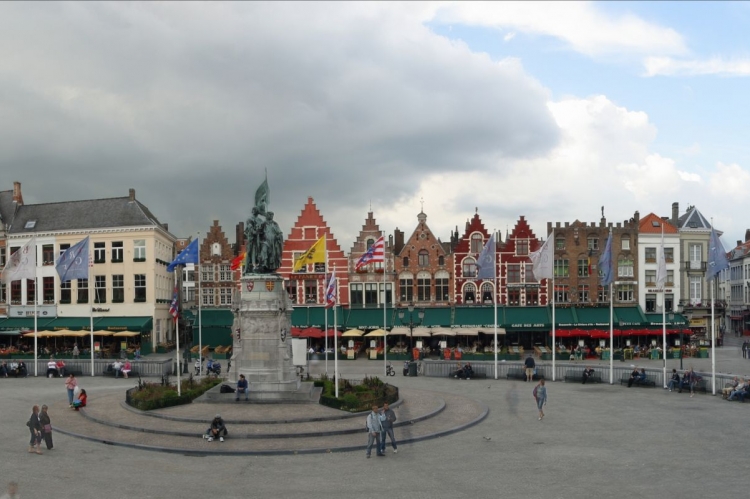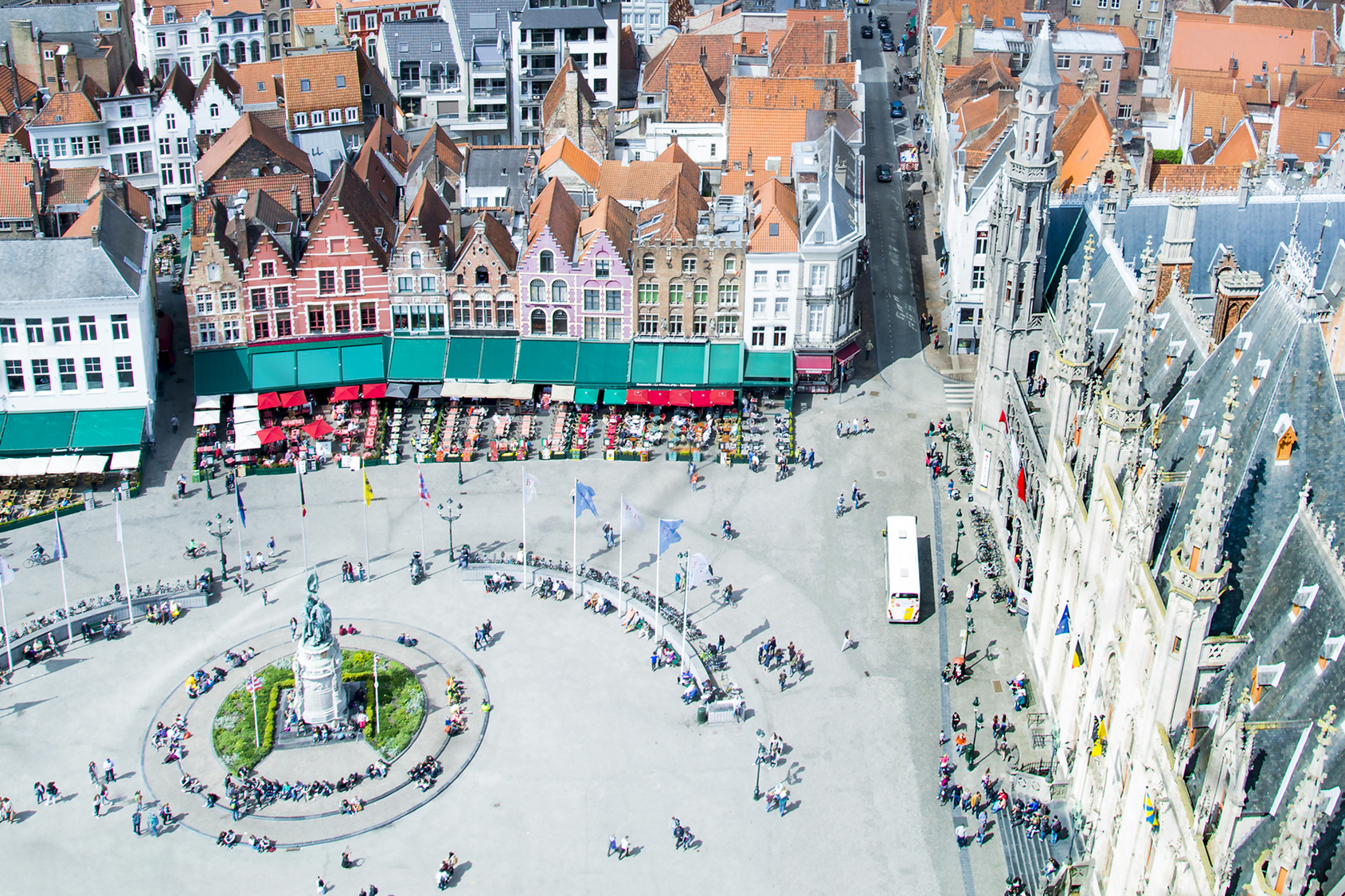There are probably many cities in Europe that lay claim to being the most picturesque, but Bruges, in West Flanders, Belguim, would be most people’s idea of a clear winner. The centre of Bruges is an almost perfectly preserved medieval city packed into a relatively compact 430 hectares. It’s size and the fact that it is free from traffic makes it ideal for exploring on foot or by hiring one of the many bicycles available in the city. Tiny cobbled streets, winding canals and stunning market squares lined with looming towers and centuries old churches packed with iconic works of art are waiting round every corner.
History
The fact that the historic centre of Bruges has been given UNESCO World Heritage status should really come as no surprise, as there are few places in Europe where the past is so apparent in the fabric of the present. That past dates as far back as settlements created during the Roman and Viking eras, but the city as it appears today truly came into being during the 12th century. It was during this era that the city walls and famous canals were constructed and Bruges became the capital of the region, rising to prominence on the back of its strategic position on several trade routes. From 1900 onward the city began to emerge as one of the earliest global tourist destinations, and it is the regular influx of visitors which drives the economy of Bruges today.



